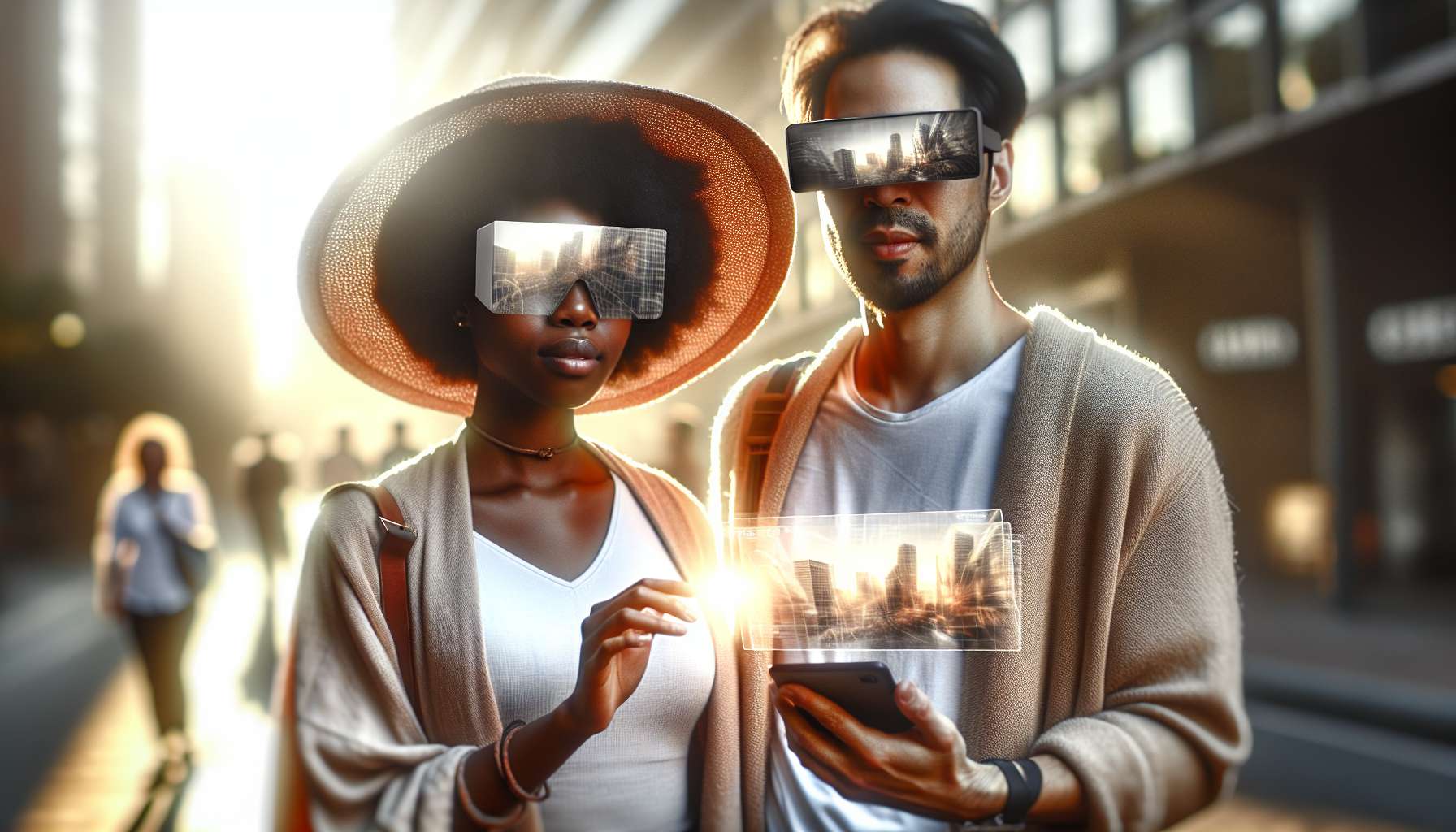Unlocking the Potential: How AR Transforms Urban Tourism
Art has always been a powerful medium for storytelling and self-expression. From ancient cave paintings to modern street art, it has the ability to captivate and inspire. Now, with the advent of augmented reality (AR), art is taking on a whole new dimension in public spaces, revolutionizing the way we experience urban tourism.
What is AR in Urban Art Tourism?
Augmented reality is a technology that overlays digital content onto the real world, enhancing our perception and interaction with our surroundings. In the context of urban art tourism, AR brings art to life by adding virtual elements to physical artworks or creating entirely digital art installations in public spaces.
Enhancing the Visitor Experience
AR in urban art tourism offers a unique and immersive experience for visitors. Imagine walking through a city and suddenly seeing a historical mural come to life, with animated characters and interactive elements. AR allows tourists to engage with art in a way that was previously unimaginable, creating a deeper connection and understanding of the artwork and its cultural significance.
Furthermore, AR can provide additional context and information about the artwork, such as the artist’s inspiration, historical background, or even behind-the-scenes stories. This enriches the visitor experience, turning a simple stroll through the city into a captivating journey of discovery.
Bringing Art to Unexpected Places
AR also has the power to transform ordinary urban spaces into extraordinary art galleries. With the use of mobile devices or AR glasses, tourists can explore hidden artworks that are seamlessly integrated into the urban landscape. From virtual sculptures in parks to digital graffiti on city walls, AR opens up endless possibilities for artists to showcase their work in unconventional and surprising ways.
By bringing art to unexpected places, AR in urban art tourism encourages visitors to explore beyond the traditional tourist attractions, uncovering hidden gems and fostering a sense of adventure. This not only benefits tourists but also local businesses and communities, as it drives foot traffic to lesser-known areas and promotes economic growth.
Collaboration and Community Engagement
AR in urban art tourism is not just about enhancing the visitor experience; it also fosters collaboration and community engagement. Artists, local organizations, and city authorities can come together to create AR art installations that reflect the unique identity and culture of a place.
For example, a city may organize an AR art festival where artists from around the world collaborate to create immersive experiences that celebrate the city’s history, diversity, and creativity. This not only attracts tourists but also strengthens the sense of community pride and fosters cultural exchange.
The Future of AR in Urban Art Tourism
The potential of AR in urban art tourism is vast and exciting. As technology continues to advance, we can expect even more innovative and immersive experiences. Imagine virtual art galleries that can be accessed from anywhere in the world, or AR-powered guided tours that bring historical events to life.
AR in urban art tourism has the power to transform cities into living canvases, where art and technology merge to create unforgettable experiences. It opens up new avenues for artists, businesses, and tourists alike, enriching our understanding of art, culture, and the world around us.
So, the next time you find yourself exploring a city, keep an eye out for the artistic visions that AR has brought to life. You might just discover a whole new world of art and inspiration.





